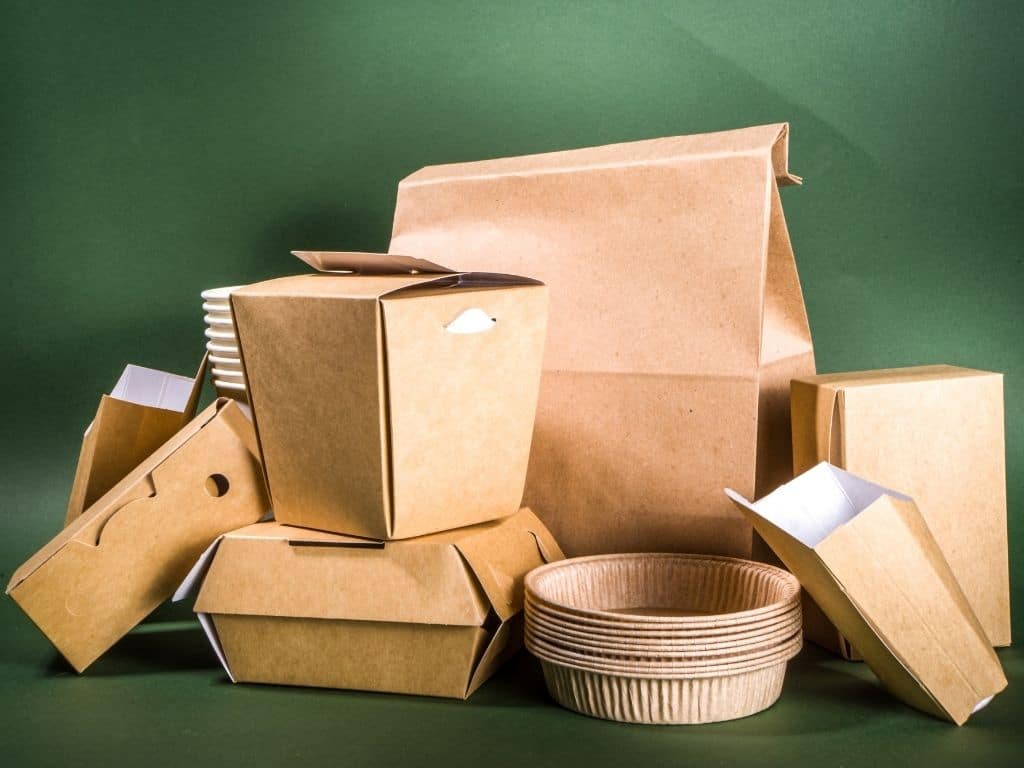In an era where environmental consciousness is paramount, the shift towards biodegradable trays represents a significant stride in sustainable packaging solutions. Biodegradable trays offer a promising alternative to traditional plastic containers, contributing to reduced environmental impact and fostering a greener future. This article explores the concept of biodegradable trays, their benefits, and their role in promoting sustainability.
What are Biodegradable Trays?
Biodegradable trays are containers made from organic materials that decompose naturally when exposed to environmental conditions like moisture, heat, and microorganisms. Unlike conventional plastic trays that persist in the environment for hundreds of years, biodegradable trays break down into natural components over a relatively shorter period, reducing their ecological footprint significantly.
Materials Used in Biodegradable Trays
The materials used in biodegradable trays vary but commonly include:
- PLA (Polylactic Acid): Derived from renewable resources like corn starch or sugarcane, PLA is a bioplastic that decomposes through natural processes.
- Bagasse: Made from sugarcane fiber, bagasse trays are sturdy and compostable, offering an eco-friendly alternative for food packaging.
- Pulp Fiber: Often sourced from recycled paper or bamboo, pulp fiber trays are biodegradable and provide good insulation for food.
Benefits of Biodegradable Trays
Environmental Impact
Biodegradable trays contribute to reducing plastic pollution. They decompose into natural elements without leaving harmful residues or microplastics in the environment, making them a safer choice for wildlife and ecosystems.
Renewable Resources
Many biodegradable trays are made from renewable resources such as agricultural by-products or fast-growing plants. This reduces reliance on finite fossil fuels and supports sustainable agricultural practices.
Energy Efficiency
The production of biodegradable trays generally requires less energy compared to traditional plastic trays, further minimizing their carbon footprint and overall environmental impact.
Consumer Perception
Consumers increasingly prefer products with minimal environmental impact. Biodegradable trays cater to this preference, enhancing brand reputation and customer loyalty.
Applications of Biodegradable Trays
Biodegradable trays are versatile and find applications across various industries:
- Food Packaging: Used for takeaway containers, trays for fresh produce, and packaging for baked goods.
- Horticulture: Trays for seedlings and plant pots that can be planted directly in the soil, reducing transplant shock and plastic waste.
- Medical Industry: Biodegradable trays are utilized for sterile packaging and medical disposables, ensuring safety and sustainability.
Challenges and Considerations
While biodegradable trays offer numerous benefits, there are challenges to address:
- Composting Infrastructure: Effective decomposition often requires industrial composting facilities, which may not be universally available.
- Performance Variability: Some biodegradable materials may have different durability or moisture resistance compared to plastics, requiring careful selection for specific applications.
Conclusion
Biodegradable trays represent a progressive step towards sustainable packaging solutions, aligning with global efforts to reduce plastic waste and environmental impact. By choosing biodegradable trays, businesses and consumers alike contribute to a cleaner and healthier planet for future generations. Embracing these innovations encourages further advancements in sustainable practices and fosters a circular economy where resources are utilized responsibly. As awareness grows and technology improves, biodegradable trays promise to play a pivotal role in shaping a more sustainable future.
In summary, biodegradable trays are not just containers; they embody a commitment to environmental stewardship and offer a tangible pathway towards a greener tomorrow. By embracing these eco-friendly alternatives, we pave the way for a world where sustainability and innovation go hand in hand, ensuring that our choices today positively impact generations to come.

